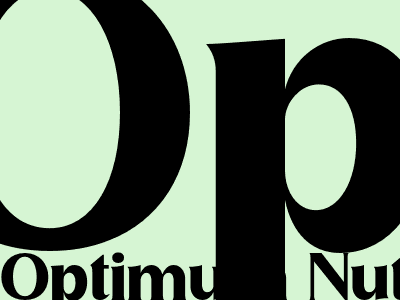SEO for Bloggers: A Comprehensive Guide to Optimize Your Content
Introduction
In the ever-evolving digital landscape, search engine optimization (SEO) has become an indispensable tool for bloggers seeking to increase their visibility, drive traffic to their websites, and establish their authority within their respective niches. This comprehensive guide delves into the intricacies of SEO, empowering bloggers with the knowledge and techniques necessary to optimize their content for maximum impact.
Understanding SEO Fundamentals
SEO encompasses a wide range of strategies and practices aimed at improving a website's ranking on search engine results pages (SERPs). By adhering to Google's ever-changing algorithms and optimizing content for both search engines and human readers, bloggers can significantly enhance their site's visibility and organic reach.
Keywords: The Foundation of SEO
Keywords are specific terms or phrases that users enter into search engines to find information. Identifying and incorporating relevant keywords throughout your content is crucial for signaling to search engines the relevance of your blog posts to specific search queries. Conduct thorough keyword research to determine the most popular and effective keywords within your niche.
Content Quality: The Key to Engagement
High-quality content forms the cornerstone of effective SEO. Providing valuable, informative, and engaging content that resonates with your target audience is paramount. Focus on creating original, well-written articles that address specific user queries and provide actionable insights. Avoid keyword stuffing and adhere to best practices for content creation.
Optimizing On-Page Elements
On-page optimization involves optimizing the elements within your blog posts to enhance their search engine visibility. This includes:
Title Tags: The First Impression
Title tags are the clickable headlines that appear in SERPs. They should accurately reflect the content of your blog post and incorporate your primary keyword. Keep title tags concise, within 60 characters, and ensure they are both informative and compelling.
Meta Descriptions: The Enticing Summary
Meta descriptions are brief summaries that appear below the title tags in SERPs. Use this space to provide a compelling overview of your blog post and encourage users to click through to your website. Keep meta descriptions within 160 characters and include a call to action.
Header Tags: Structuring Your Content
Header tags (H1, H2, H3, etc.) help structure your content and make it more scannable for both users and search engines. Use H1 tags for your main headline and H2 and H3 tags for subheadings and important sections within your post.
Image Optimization: Enhancing Visual Appeal
Images can enhance the visual appeal of your blog posts and make them more engaging for readers. Optimize images for SEO by using relevant file names, adding alt tags, and compressing images to reduce load times.
Link Building: Building Credibility
Link building involves acquiring links from other websites to your own. These links serve as "votes of confidence" to search engines, indicating the credibility and authority of your content. Focus on acquiring high-quality backlinks from reputable websites within your niche. Avoid engaging in unethical link building practices that can harm your website's ranking.
Internal Linking: Improving Navigation
Internal links connect different pages on your website, helping users navigate your content and discover related information. Use descriptive anchor text and link to relevant pages within your blog posts to improve the user experience and distribute link equity.
Technical SEO: Behind-the-Scenes Optimization
Technical SEO focuses on optimizing the technical aspects of your website to improve its overall performance and accessibility. This includes:
Website Speed: A Critical Factor
Website speed is a vital ranking factor. Optimize your website's loading times by compressing images, minifying code, and implementing caching. Use Google's PageSpeed Insights tool to identify and address areas for improvement.
Mobile Optimization: Catering to Mobile Users
With the majority of internet users accessing content on mobile devices, it's essential to ensure your website is mobile-friendly. Use responsive design to adapt your website's layout and content to different screen sizes, providing a seamless user experience across all devices.
Security: Protecting Your Website
Implement an SSL certificate to encrypt data transmitted between your website and users' browsers, enhancing security and protecting sensitive information. Google also favors websites with SSL certificates, giving them a slight ranking boost.
Content Marketing: Promoting Your Content
Content marketing involves promoting your blog posts and reaching a wider audience. This includes:
Social Media Marketing: Engaging with Your Audience
Share your blog posts on social media platforms to reach a larger audience and drive traffic to your website. Use relevant hashtags and interact with your followers to build a community and establish your brand.
Email Marketing: Nurturing Relationships
Build an email list and send regular newsletters to your subscribers, providing them with exclusive content, updates, and special offers. Use email marketing to nurture relationships with your audience and promote your blog posts.
Conclusion
SEO is a complex and ever-evolving field, but by implementing the strategies and techniques outlined in this guide, bloggers can significantly improve the visibility, credibility, and reach of their content. Remember to prioritize quality content, optimize on-page elements, build backlinks, address technical SEO issues, and promote your content effectively to achieve optimal results. By consistently following these best practices, bloggers can establish their authority within their niche, attract a loyal audience, and drive success for their online ventures.

Optimum Nutrition
Comments